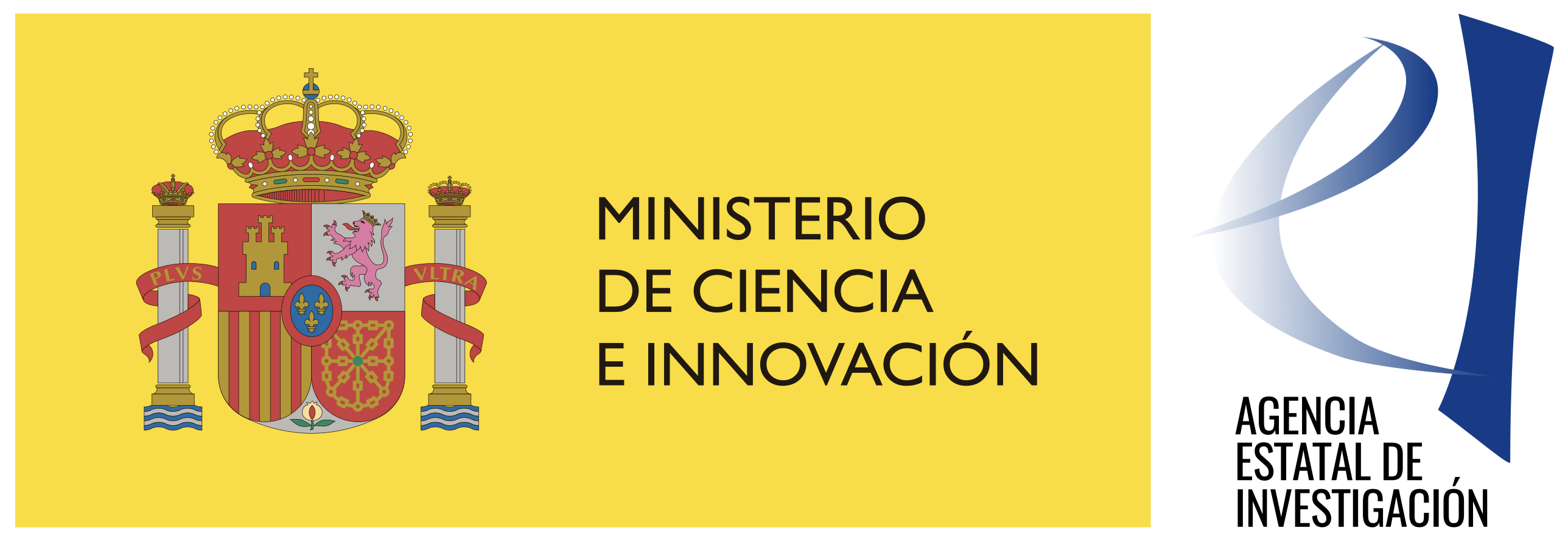SNOMCELL - Near-field microscopy for label-free ultrastructural pathology
This project aims at establishing s-SNOM as a platform technology for label-free ultrastructural pathology. s-SNOM is an emerging technique -- co-developed at nanoGUNE -- that beats the diffraction limit and allows for obtaining infrared images with nanoscale spatial resolution. Applied to ultrathin cell sections, s-SNOM will allow for an unprecedented view on the chemical composition of the interior of a cell that cannot be easily calculated nor measured. Thus, s-SNOM will provide a reference data set that will help to validate already existing medical application of infrared microscopy and may even lead to the discovery of new nano-IR biomarkers.
Infrared radiation (IR) is an important tool for non-destructive sample analysis and is applied in a variety of fields including polymer science, forensics, geology and biomedical applications. As with most microscopy techniques, however, the spatial resolution is limited by diffraction. This is an important challenge because life sciences abound complex arrangements of materials on the submicrometer scale such as the structure of biological cell. Near-field microscopy (s-SNOM) is a nanophotonic concept that overcome the diffraction limit and allow infrared imaging with nanoscale spatial resolution. Currently, s-SNOM microscopy for biomedical application is largely unexplored, but it is uniquely suited to provide answers to unknown questions in IR-based biological imaging.
Within this project, we want to establish s-SNOM for chemical nano-imaging of cells sections for label-free ultrastructural pathology. By using cell sections we can obtain images that align with pathology practice and are amenable for pathology interpretation. This project will pursue the following aims:
1. Improve signal-to-noise ratio (SNR) of s-SNOM.
We want to develop multispectral holography for s-SNOM imaging at multiple wavelength simultaneously, which will enable IR nano- imaging with unprecedented signal-to-noise ratio (SNR). We also want to continue our successful development of s-SNOM tips by providing a new tip design with broadband reception character that allow for highest-SNR s-SNOM operation across the entire mid-IR range.
2. Proof-of-principle demonstration for label-free ultrastructural pathology.
We will induce chemical changes in a cervical (HeLa) cell line as a surrogate system for health/cancerous cell models and then monitor the resulting change in the IR spectrum of individual cell organelles using s-SNOM. We will use artificial intelligence (AI) for automated segmentation of cell ultrastructure based chemical composition.
3. s-SNOM system model for validating imaging contrast.
We will introduce a system model of s-SNOM based on the finite-difference time-domain (FDTD) method. To this end, we want to describe the tip-sample interaction with heterogeneous samples as well as the particulars of s-SNOM illumination and detection; thus offering much higher precision and versatility than current analytical s-SNOM models.
This project is funded by PID2020-115221GA-C44/MCIN/ AEI /10.13039/501100011033

